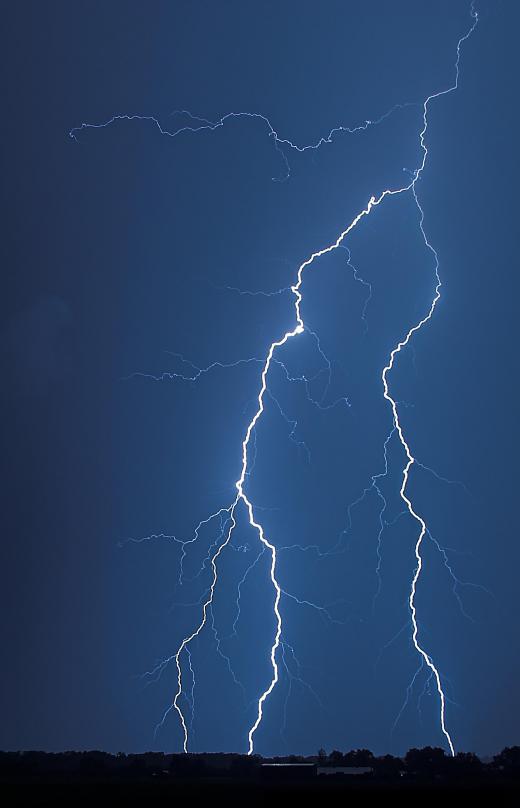A lighting arrester is a piece of equipment that is designed to protect electrical systems and components from damages that can be caused by surges of electricity. Such surges can be the result of lightning or electrical switching and can be very dangerous, especially for electronics like computers. Utilities fit their power lines with lightning arresters, as well as other safety measures and these devices can also be mounted on individual electrical boxes.
When a surge of electricity hits an electrical system, it attempts to equalize and dissipate itself, taking the most efficient routes. A lightning arrester provides a path of least resistance for doing this, routing the excess electricity away from the system and into the ground where it can dissipate without doing any harm. The lighting resistor includes components attached to the electrical system with leads that reach the ground.

Soft, clay soils tend to be ideal for grounding, although other soil types can be used in a pinch. The resistance of the soil should be measured before a lightning arrester is installed to find an area with resistance that is as low as possible. This will allow the electricity to quickly flow out through the lightning arrester before it has a chance to enter the system and damage either the system or its components.

For utilities, there are concerns about lightning damaging insulation and other components on power lines. The lightning arrester has one terminal that is designed to handle very high voltage, and another terminal connected to the ground. On a home electrical box, similar systems are used although they are of a somewhat smaller scale. A licensed and experienced electrician needs to be involved in installation to confirm that the lightning arrester is installed, connected, and placed correctly. Installing it incorrectly or failing to maintain it can create a safety risk.
Lightning arresters are not the same thing as lightning rods. Lightning rods are used to protect entire buildings and other structures from lightning damage. They are placed with the goal of getting lightning to strike the rod first and dissipate out through a grounding cable. This prevents lightning from hitting the structure itself and causing a fire or other types of structural damage. It is possible for a structure to have both rods and arresters, along with other lightning protection measures. Insurance companies may require or strongly recommend redundant lightning protection, as do some safety organizations.
Ever since she began contributing to the site several years ago, Mary has embraced the exciting challenge of being a About Mechanics researcher and writer. Mary has a liberal arts degree from Goddard College and spends her free time reading, cooking, and exploring the great outdoors.

